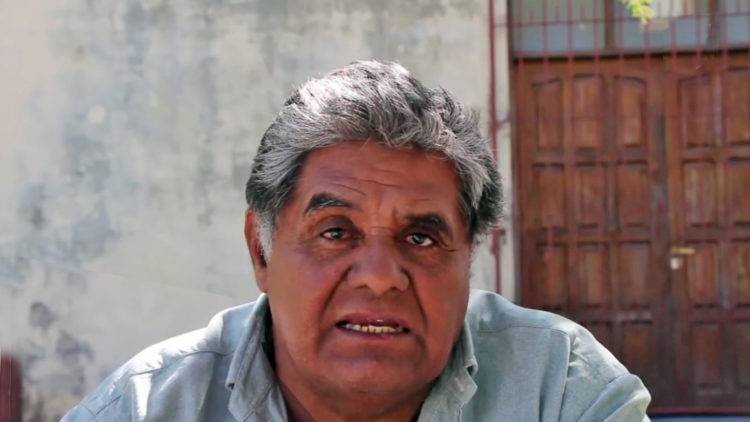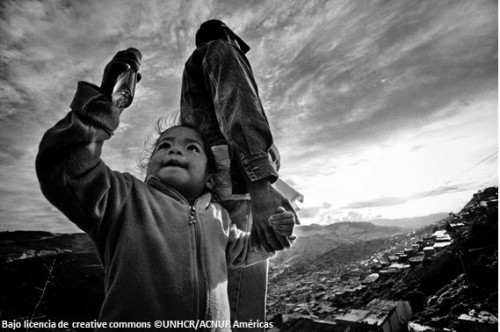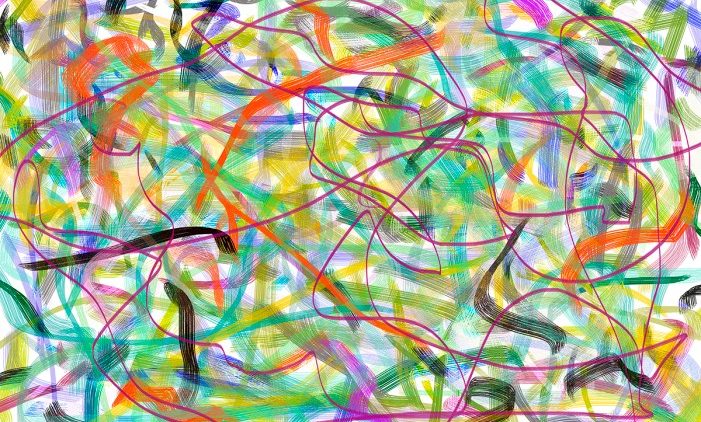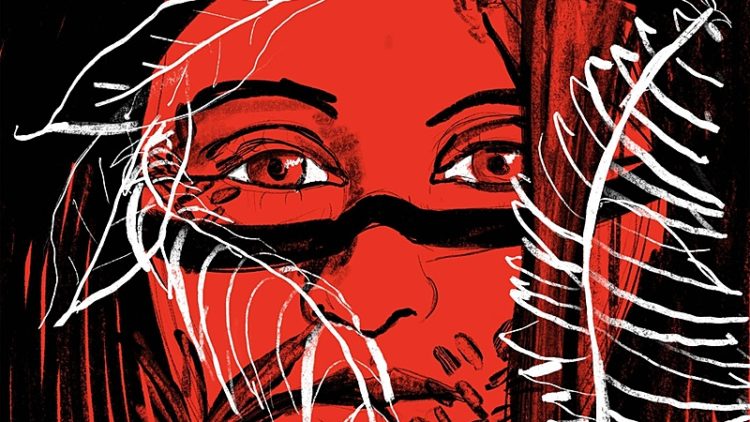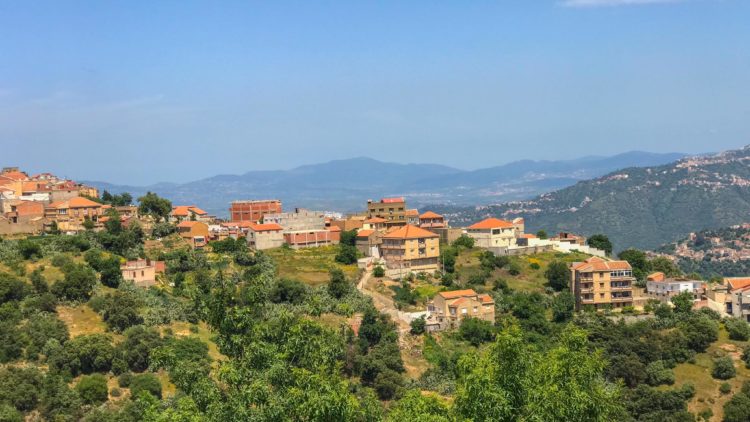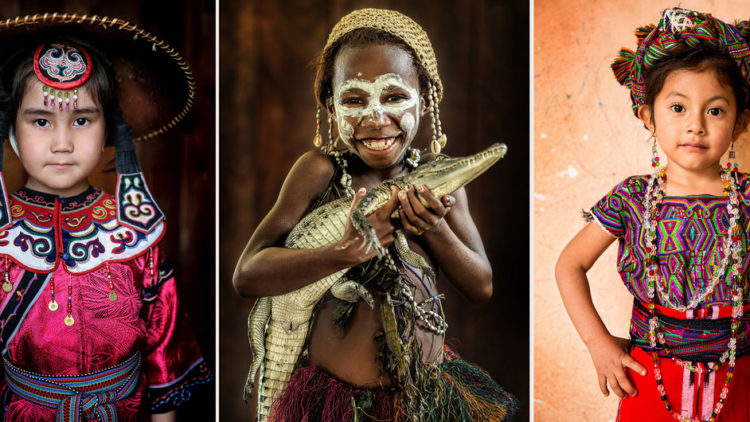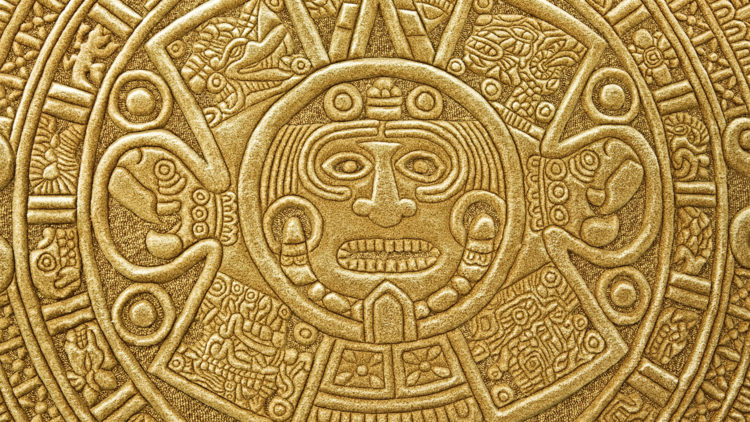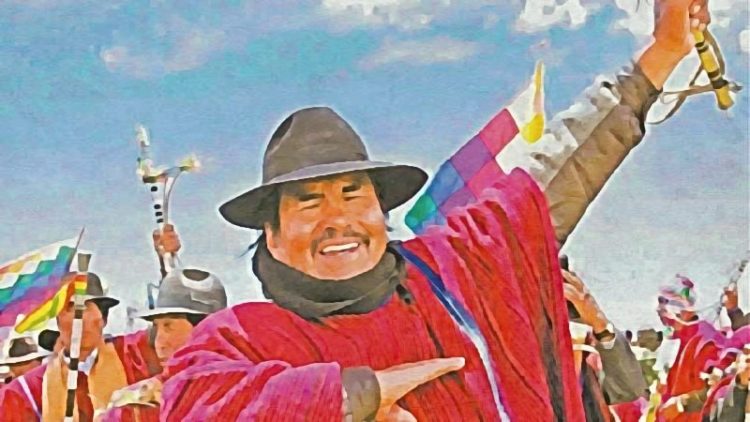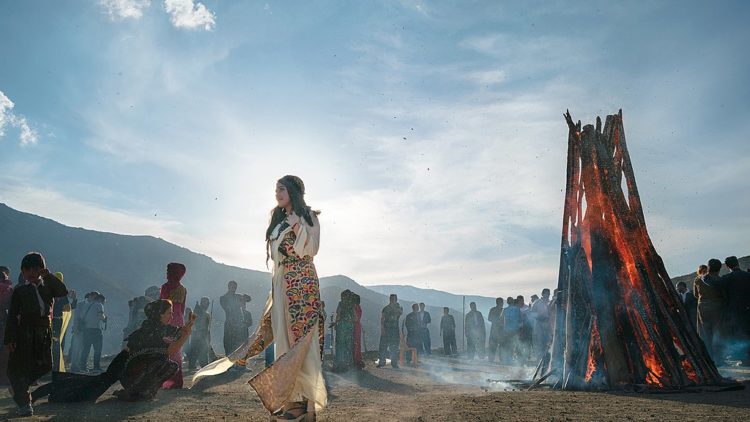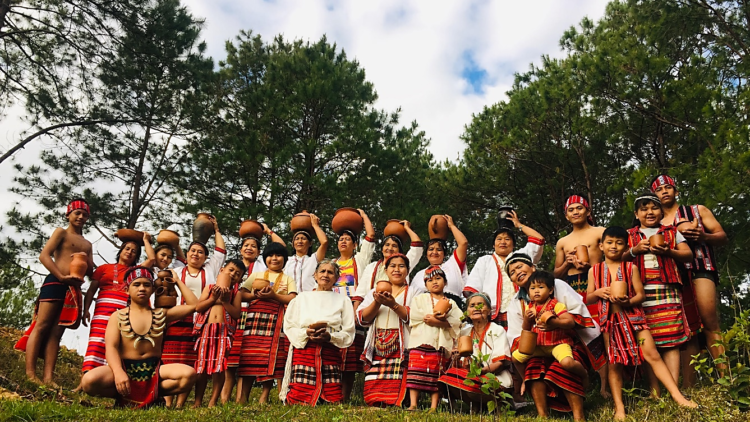Indigenous peoples
Is Colombia’s Military Displacing Peasants to Protect the Environment or Sell Off Natural Resources?
The legacy of Bolivia’s El Mallku: ‘Self-governance is fundamental’ for indigenous peoples
Written by Ruben Hilari ‘Jiwaspach apnaqasiña’ has become a motto of the Aymara people In Bolivia, the slogan “Jiwaspachaw apnaqasjañasa” (“Self-governance is fundamental”) can often be heard in indigenous Aymara communities—in meetings, assemblies, city neighborhoods, conferences, in the media, and in…


